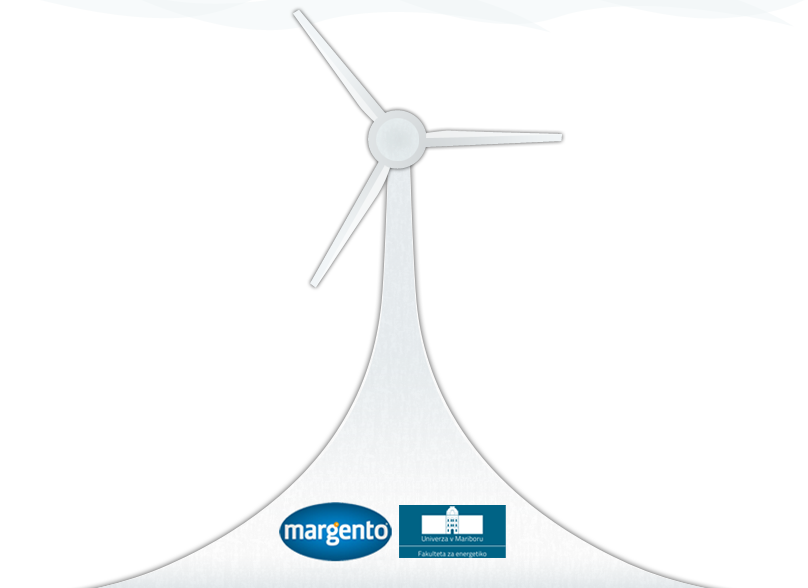CONCLUSION
- The precise assessment of wind resources on a certain area is the key element in successfully establishing an economically justified wind farm. Wind resources are normally assessed in several stages. The first stage is a general determination of windy areas using the existent data from airports, meteorological data and topographical maps. The second step is searching for a micro-location and assessing the presumed costs of installation. This includes finding the closest electricity take-up point (electric generating stations, through which the energy generated at the wind farm is distributed into the network). The third and final stage is a feasibility study, in which the measurements described in this article are performed.
- The longer the period of the measurements on a certain micro-location is, the better the profile of this terrain is. This led us to contribute to this area and develop a measurement device that is completely autonomous, that performs measurements on the mentioned sensors, and that sends the data in defined time intervals to the database. These data are then used in analyzing the viability of establishing wind farms. Because of high investment costs, investment into a wind-resources assessment system is completely justified.

